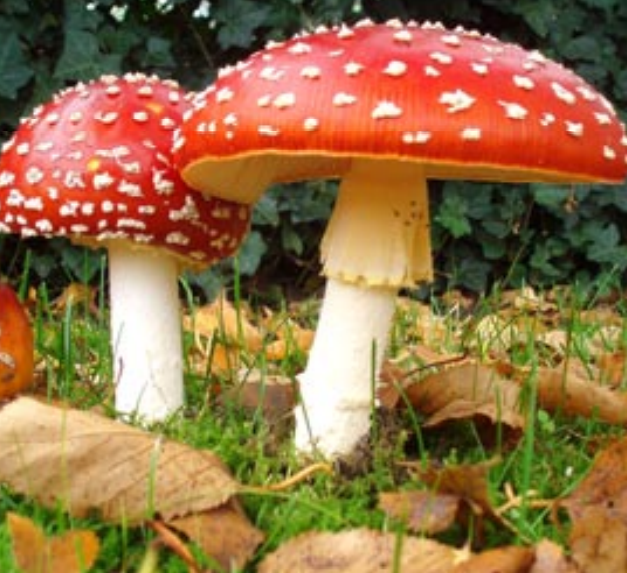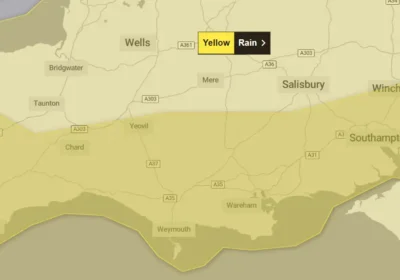Plants are often thought of as living in isolation with insect, fungi or bacteria being detrimental to their health. In reality, nothing could be further from the truth. Plants often rely on a range of different organisms for survival. The most well known, of course, are pollinators that busily visit flowers for a nectar reward while inadvertently taxiing pollen from one bloom to another. While we instinctively think of insects as pollinators, they are not confined to this animal guild, mammals, birds and even reptiles can perform this vital role for some plants. More intimate associations occur between plants and other organisms beyond the scale viewed by our naked eyes. Gardeners are likely to be familiar with nitrogen[1]fixing bacteria living on the roots of legumes (peas, beans, clover). These bacteria inhabit specialised root swellings and fix atmospheric nitrogen, which the plant can utilise. Less well known, but ubiquitous in the plant kingdom, are interactions with fungi, called mycorrhiza. Mycorrhiza are associated with over 85% of all plant species. They attach to roots a bit like a hosepipe connects to a tap. Once connected the root-like structures of the fungi, known as mycelium, extend far and wide to cover an area far greater than the plant’s roots alone. The mycelium intercepts nutrients and delivers them to the plant, in return the plant gives the fungus carbon from photosynthesis. Often the fungus is connected to multiple plants giving rise to the phenomena known as the ‘Wood Wide Web’. Garden shops sell mycorrhiza in packets and market them as important additives when planting new trees and shrubs, although these type of fungi are normally ubiquitous in the soil. Believe it or not, microscopic fungi are also found in the internal structures of leaves. For those plants that have been investigated, it is not unusual to discover ten or more different fungal species colonizing a single leaf, although with the naked eye you would never know they were there. Their roles are complex and research into their purpose is in its infancy. Some are believed to help deter herbivores by subtly changing the plant’s chemistry. Bacteria can also inhabit leaves, although seldom investigated. One that has involves naturally occurring bacteria in coffee plants that promotes healthy growth. Sometimes intimate interactions between plants and other organisms are at the visible scale. A good example is the ant-plant (Myrmecodia). This plant grows as an epiphyte on trees in tropical countries. It has a swollen stem that comprises hollow chambers, which ants use for food and shelter. Incredibly the chambers are completely natural and not caused by the ant. Chamber walls are either smooth or rough depending on their location in the swollen stem. The smooth walled chambers are used by ants as nursery areas to raise young whereas the rough walled chambers are where ants deposit waste. The ant plant can absorb nutrients from this waste for nutrition. And plants are protected from visiting grazers because ants rush out to defend their botanical territory and sting the herbivore. Plants and their associated organisms are fascinating and another good reason to keep the use of chemicals in the garden to a minimum. soilvalues.com

FeaturedHome & GardenNews
Invisible allies on which plants rely
Stour and AvonDecember 3, 20210 Comment0
Related Articles
News November 23, 20240
Man missing from Ferndown found, say police
A MAN reported missing from Ferndown has been found. Dorset Police have confirmed Nicholas Grover,…
CrimeNews November 22, 20240
Man wanted over assault in Nisa Local in New Milton
A MAN verbally abused and pushed another man inside a shop in New Milton. Police…
EnvironmentNews November 22, 20240
Fresh weather warnings for Dorset as Storm Bert approaches
PEOPLE in Dorset, Wiltshire and beyond are being urged to prepare for bad weather…









Leave a Reply